On 16 September 1979 two families – eight people in all – boarded a hand-made hot air balloon and crossed the border between East and West Germany. This successful Cold War defection was the result of more than a year of preparation, tests, and failed attempts. Indeed, one failed attempt had alerted the East German authorities to the scheme, leading to an urgent cat-and-mouse game to launch the balloon before its passengers were discovered.
Such dramatic real-life events made the Strelzyk and Wetzel families’ story obvious fodder for a film adaptation, and in February 1982 that adaptation was released in American cinemas. Night Crossing is a criminally under-seen and under-rated feature film. It is also one of the strangest choices of subject matter ever for Walt Disney Pictures.
The true story that inspired the film started on 7 March 1978, when electrician Peter Strelzyk and bricklayer Günter Wetzel – friends and colleagues at an East German plastics factory – shared their mutual intent to escape across the border to West Germany with their families. Strelzyk later noted ‘it wasn’t the higher living standard in the West that appealed to us, but the hypocrisy of the whole system in the East that repelled us.’[1] Their initial idea was to secretly build a helicopter and fly over the border, but this rapidly proved unfeasible when they realised they had no means of procuring a suitable engine.
Their second idea was a hot air balloon. It was easier and cheaper to construct, did not require an engine, and could fold into a smaller space to keep it hidden from the authorities. That in mind, the size requirements for their improvised balloon was large enough that secretly buying sufficient fabric to sew it all together caused a regional taffeta shortage. After 18 months of research, trials, setbacks, and mishaps, the eight members of the Strelzyk and Wetzel families successfully crossed the border into West Germany. Wetzel was the only casualty, breaking his leg during a rough forest landing.
The story of Night Crossing began when Walt Disney Pictures producer Tom Leetch read about the balloon escape in a September 1978 article in London’s The Times newspaper. Feeling the story had solid film potential, Leetch met with studio vice-president Ron Miller to explore the idea further.
Eva Redfern, a London-based story editor for Disney, was dispatched to West Germany to meet the Strelzyks and Wetzels and potentially secure a contract for their life story rights. Walt Disney Pictures was not the only American studio to approach the families over a potential film, but both families – who bore fond memories of watching Disney films via intercepted West German television broadcasts – agreed to Redfern’s offer. Great pains were taken to ensure the families were happy with the partnership, including fully paid trips to visit both Disneyland in California and the film’s West German shoot. The families were paid a US$5,000 story option for six months while Disney staff worked on assessing the project’s potential. When the decision was made to officially enter development, an additional US$50,000 was paid.
In November 1979 the Strelzyks and the Wetzels met with associate producer Marc Stirdivant and screenwriter John McGreevey to retell their story, and to answer questions that might contribute detail to McGreevey’s screenplay. At this stage the prospective film was simply referred to as ‘the balloon movie’. Later working titles would include The Last Flight to Freedom (nixed due to its similarity to Disney’s The Last Flight of Noah’s Ark) and Wind to the West. In September 1980, while confirming the appointment of director Delbert Mann, Disney announced its ultimate title: Night Crossing.
60-year-old Delbert Mann was a veteran of American television and film. An Oscar-winner for his 1955 film Marty, he had established a three-decade directing career including more than 100 live television dramas and feature films including The Bachelor Party (1957), Desire Under the Elms (1958), The Dark at the Top of the Stairs (1960), Dear Heart (1964), and Kidnapped (1971).
By working predominantly in television Mann perhaps lacked the general prestige shared by theatrical filmmakers. In many ways he was a typical director for Walt Disney Pictures to hire. The company had historically leaned towards workhorse directors, not known for their distinct style and thus more suitable to adopt a general house style. With Disney, film was not a director’s medium but a producer’s, and this approach was visibly beginning to fail the studio in the wake of populist 1970s auteurs like Steven Spielberg and George Lucas. Its comfortable brand of dependable family-friendly entertainment was feeling distinctly worn around the edges.
In the lead role of Peter Strelzyk, Mann cast English actor John Hurt.
Born in 1940, Hurt had first found public success playing Richard Rich in Fred Zinnemann’s 1966 film A Man for All Seasons. He had subsequently divided his time between television and film, a career approach that was comparatively rare during a time when actors were generally expected to perform in one or the other. On British television he notably starred in The Naked Civil Servant (1975) and I Claudius (1976). His key performance in Midnight Express (1978) brought him to the attention of American audiences, and earned him an Academy Award nomination. He had followed it up with roles in Alien (1979), Heaven’s Gate, and The Elephant Man (both 1980) – the latter earning him a second Oscar nomination.
Even today he seems an unusual choice for a Disney film: quiet, subtle, and thoughtful, his understated manner was worlds away from typical Disney leads like Dean Jones or Kurt Russell. It is in large part due to his performance that Night Crossing stands out among the company’s other works. It was while shooting Night Crossing that John Hurt was approached by Disney’s animation wing, with an offer to play the villainous Horned King in their forthcoming feature The Black Cauldron.
Hurt’s casting was a key reason for co-star Jane Alexander accepting the role of Strelzyk’s wife Doris. ‘I think he’s a wonderful actor, and so varied and gifted. That was very pleasing to me that he was in the film and I could work with him.’[2]
Widely feted as one of America’s finest actresses, by the time Alexander accepted her part in Night Crossing she was already a Tony winner and three-time Academy Award nominee (for The Great White Hope (1970), All the President’s Men (1976), and Kramer vs Kramer (1979)). Again, like Hurt, she seemed an unusual choice: it was her first and last Disney production.
Günter Wetzel was played by Beau Bridges. The son of actor Lloyd Bridges, he had been performing on-screen since the age of seven. In addition to his film work, he had consistently appeared in one-off and guest roles across a range of television series including Gunsmoke, The Fugitive, Bonanza, and Rawhide.
Glynnis O’Connor played Petra Wetzel. From 1973 she had appeared in a mixture of film and television productions; notably the popular television film The Boy in the Plastic Bubble opposite John Travolta, and the films California Dreaming (1979) and Those Lips, Those Eyes (1980).
Major Koerner, the military officer in charge of uncovering the balloon plot, was played by German actor Günter Meisner. The 54-year-old actor was best known to English language audiences for his role as Arthur Slugworth in Mel Stuart’s 1971 musical Willy Wonka and the Chocolate Factory.
Since shooting in East Germany was entirely out of the question, the production did the next best thing: setting up sets and locations in West Germany instead, including in Munich’s Bavaria Film Studio as well as in Landsberg, Muhltal, and Harthausen.
Near the Bayern town of Eulenschwang, an 800-metre stretch of border fence was constructed at a cost of US$300,000. In Friedrichshafen, a fairground exhibition hall was converted into a massive forest set to allow for controlled shoots of key scenes. The glass exterior of the hall was covered in black plastic sheeting, while 300 pine trees were transplanted to simulate the East German wilderness.
Seven hot air balloons were constructed for the film by Californian engineer Gary Cerveny. These were not accurate to the one built by Strelzyk and Wetzel, as that improvised balloon was not only non-compliant with Federal Aviation Administration standards but also incapable of safely flying under Cerveny’s own tests.
The Night Crossing shoot was scheduled to start on 1 September 1980; this was delayed to 27 October due to a Screen Actor’s Guild (SAG) strike. This delay created further problems later in the shoot, as heavy snowfall delayed production by more than a week in January 1981. Principal photography concluded on 18 January; the film was tentatively scheduled for a Christmas 1981 release.
The film’s opening titles comprise news and documentary footage and photographs of the history of escape attempts out of East Germany. Notably the titles depict East German officer Conrad Schumann, who illegally crossed the under-construction Berlin Wall in 1961.
An early scene takes us to the edge of a forest at night. A teenage boy (Matthew Taylor) attempts to breach the border fence using a stolen bulldozer. His efforts are in vain: he is immediately discovered and his body riddled with machine gun fire. As the border guards approach his twisted, bloody remains, one of the officers notes that the boy is still alive. ‘So leave him for a while,’ says his captain, ‘we’ll pick up the body later.’
This is not a particularly confronting scene in itself, but in the context of a Walt Disney picture it is almost perversely unsettling. Just five years earlier, Disney’s live-action output consisted of the films Herbie Goes to Monte Carlo, Pete’s Dragon, and the adventure comedy Candleshoe. One imagines the latter would be a very different film had its own teen runaway (played by a young Jodie Foster) been machine-gunned by German soldiers and left to bleed to death.
The dead teenager’s parents – Josef and Magda Keller – are informed of their son’s death while at a picnic with other local families before being escorted away for further questioning. The fathers of the other two families – Peter Strelzyk and Günter Wetzel – can only watch on, helpless to intervene.
Josef Keller was played by Scottish actor Ian Bannen, who had only recently co-starred in another Disney feature: John Hough’s The Watcher in the Woods. Magda Keller was played by Anne Stallybrass, an English star of numerous BBC dramas including The Six Wives of Henry VIII (1970) and The Onedin Line (1971-72).
For Peter and Günter, the abduction of the Kellers is a final straw, and they resolve to take their families out of East Germany by any means possible: eight people in all, four adults and four children.
The Strelzyks’ eldest son Frank was played by 15 year-old Doug McKeon. The young actor was already a Golden Globe nominee for his performance at 12 in Uncle Joe Shannon (1978) and came to Night Crossing after co-starring in Mark Rydell’s On Golden Pond (1981). When interviewed about the role by the New York Times McKeon – who struggled to find early roles due to his light blonde hair – joked that ‘it’s okay to be blonde when you’re playing a German’.[3] Younger brother Fitscher Strelzyk was played by McKeon’s own sibling Keith, in his only film performance.
Günter and Petra’s sons were played by brothers Geoffrey and Michael Liesik.
Pößneck, where both families lived, is a real German town located 19 kilometres east of Rudolstadt. While the realities of filming in 1981 made shooting in the actual town impossible, after the reunification of Germany the real Peter and Doris Strelzyk returned there to live. The Wetzels, on the other hand, retired to Bavaria.
It is Peter’s idea to escape East Germany via a homemade hot air balloon, and much of Night Crossing is dedicated to his and Günter’s struggle to design, assemble, and successfully launch the balloon. Well-written and tensely staged, the scenes did lead the New York Times’ Janet Maslin to note ‘this may be the only adventure film ever to feature suspenseful footage of two men taking turns at the sewing machine.’[4]
Their efforts, including an aborted first attempt to launch the balloon, do not go unnoticed. The second half of Night Crossing forms a suspenseful race, following both the families’ preparations to escape and the Ministry of State Security’s (Stasi) attempts to track them down before they do. It all culminates in a wonderfully thrilling climax – and the fateful balloon ride seen in the film’s marketing materials.
The cast were shot on set in a recreated basket, but according to Jane Alexander none of them actually took a balloon into the air. ‘No,’ she said, ‘it’s something I want to do, and we were supposed to do it but it began to snow in Germany, and it never stopped and so didn’t let us go up when we were making the film.’[5]
‘I asked the real Doris Strelzyk if she had been afraid,’ said Alexander, ‘and she said, “No, there was too much happening.”’[6]
The film’s score was composed by Jerry Goldsmith, and performed by the National Philharmonic Orchestra. For unknown reasons it was not released commercially until 1987, when an LP was mastered and published by Intrada.
The delays that affected the production shoot meant that Night Crossing ultimately relinquished its Christmas release date. Instead it opened in American theatres on 5 February 1982. Despite being the only major new release, Night Crossing opened in sixth place. On Golden Pond held onto its top position, having demonstrated an unexpected longevity in theatres. It was followed by several other similar films including Taps, Absence of Malice, and Chariots of Fire. Released into a market that was over-catered for by adult drama, and saddled with the Walt Disney name, Night Crossing honestly never had a chance to succeed.
It slipped into eighth place in its second week, despite no new releases at all. The following week it fell to 12th. By week four it was effectively out of American cinemas, its total domestic gross amounting to barely US$8 million. It had cost an estimated US$10 million to produce.
The poor match of content and brand cost Disney dearly. For 1982 the studio’s feature film division lost more than US$27 million as its entire slate of productions – including Night Crossing, Tron, and coming-of-age drama Tex – under-performed. If Disney was to continue branching out beyond childrens and family films, it was clear it would need to do so under a different banner. New president of film production Richard Berger highlighted the problem, saying: ‘Audiences don’t know who made Star Wars or Raiders of the Lost Ark. They do know who made Tron and The Apple Dumpling Gang. If you put Disney’s name on top of Emmanuelle, and had “X”-rated at the bottom, people would say, “We can bring our children.”’[7]
In February 1984 the studio announced a new label: Touchstone Pictures. It was a purposeful strategy to separate more adult fare from the Disney brand, beginning with Ron Howard’s slightly risque mermaid comedy Splash, starring Tom Hanks and Daryl Hannah.
The Touchstone label ran continuously from 1984 to 2016, and was pivotal in expanding Walt Disney Pictures beyond its family entertainment niche. Its most successful productions included Three Men and a Baby (1984), Who Framed Roger Rabbit (1988), Pretty Woman (1990), Con Air (1997), Armageddon (1998), Pearl Harbor (2001), and Signs (2002). It is impossible to tell how Night Crossing would have performed without its Disney label, but it seems reasonably safe to assume it would have done better than it did.
Night Crossing made its European premiere in Hamburg on 11 February 1982, followed by a second screening in West Berlin the following day. There had initially been discussions over having the film open the Berlin International Film Festival, however these plans were cancelled by festival director Moritz de Hadeln – who feared including the film would offend the East German government and jeopardise other aspects of the festival. The film was distributed in West Germany by 20th Century Fox, under the title With the Wind to the West.
When the film was broadcast on West German television in 1985, its transmission could easily be picked up by viewers in East Germany as well and led to an internal Stasi report of its effect on East Germans that watched it.
Jump to 20 years later, when in 2012 German filmmaker Michael “Bully” Herbig sought to remake Night Crossing’s story for a German audience. His proposed new adaptation immediately ran into difficulties when it emerged the families had sold their story to Walt Disney not for a fixed period of years but for perpetuity: no remake could occur without the corporation’s approval.
Seeking legal advice, Herbig was warned that his best option was to abandon the project entirely. Instead Herbig made contact with German-American director Roland Emmerich, who successfully negotiated an agreement with Disney on Herbig’s behalf. It was a long process, however, with Herbig’s remake taking six full years from development to release.
Balloon (2018) is a tightly-made and wonderfully effective thriller, and benefits from being shot in the actual Pößneck and surrounding area. It also benefits from being shot entirely in the German language, giving it a further air of authenticity. The cast, led by Friedrich Mücke and Karoline Schuch, are excellent. Thomas Kretschmann is the standout as Lieutenant Colonel Seidel, fulfilling the role played by Günter Meisner’s Major Koerner in the original.
Walt Disney famously made a string of darker, more mature features between 1979 and 1985, all of which were aimed at capturing an audience lost to films like Star Wars and Raiders of the Lost Ark. Many of these films, while commercial failures at the time, have gone on to enjoy longevity as cult favourites. Engage in conversation with anyone raised as a child of the 1980s and it does not take long for people’s memories to shift to watching VHS copies of The Black Hole (1979), or Dragonslayer (1981), or Return to Oz (1985). It is a deep shame that Night Crossing has not enjoyed the same long-term affection.
In a 2009 interview with the Telegraph’s Mick Brown, John Hurt mentioned Night Crossing among his early Hollywood works. ‘I can’t call it to mind,’ said Brown.
Hurt reportedly sighed. ‘You wouldn’t.’[8]
Night Crossing was released in cinemas with an aspect ratio of 1.85:1. The images accompanying this essay were captured from a 1.33:1 DVD, as the only image source currently available.
[1] John Dornberg, “Freedom Balloon”, Popular Mechanics, October 1980.
[2] Interviewed by Leta Powell, KOLN/KGIN-TV, 1982.
[3] Alvin Klein, “Silver screen is gold for Bergen youth”, New York Times,
[4] Janet Maslin, “Night Crossing, flight from West Germany”, New York Times, 5 February 1982.
[5] Interviewed by Leta Powell, KOLN/KGIN-TV, 1982.
[6] Chris Chase, “At the movies”, New York Times, 5 February 1982.
[7] Aljean Harmetz, “Touchstone label to replace Disney name on some films”, 16 February 1984.
[8] Mick Brown, “John Hurt interview for An Englishman in New York”, The Telegraph, 19 December 2009.
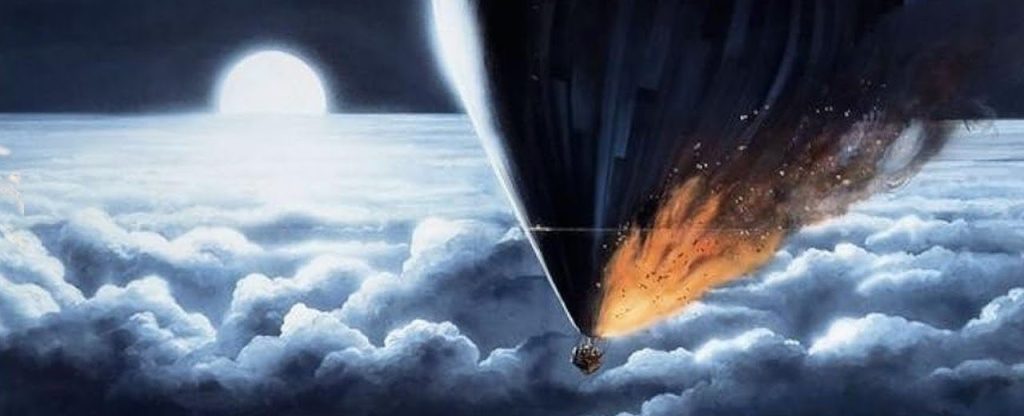
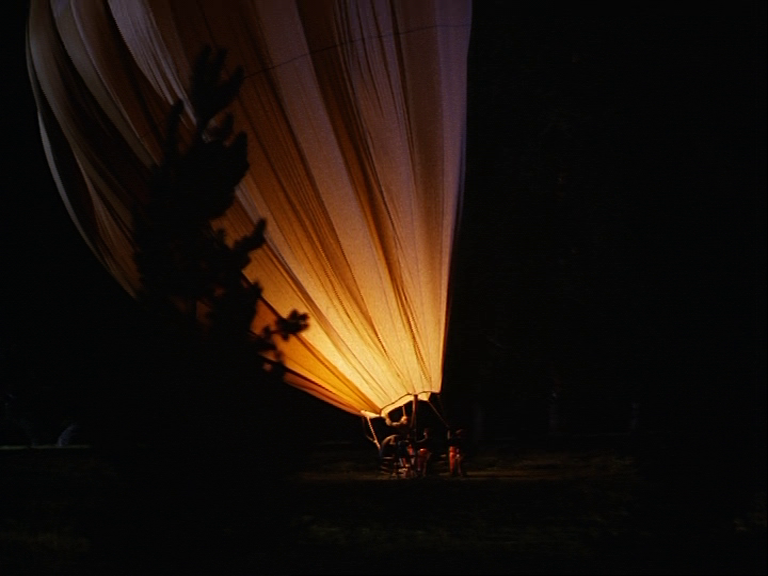
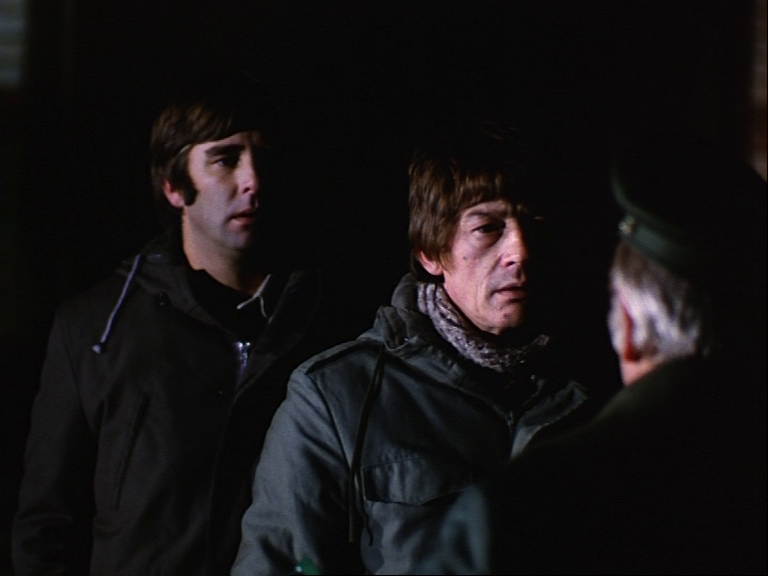
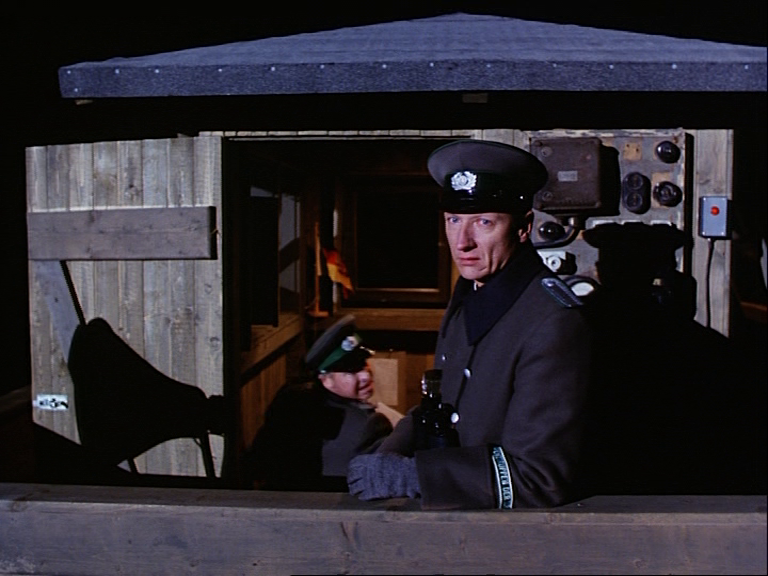
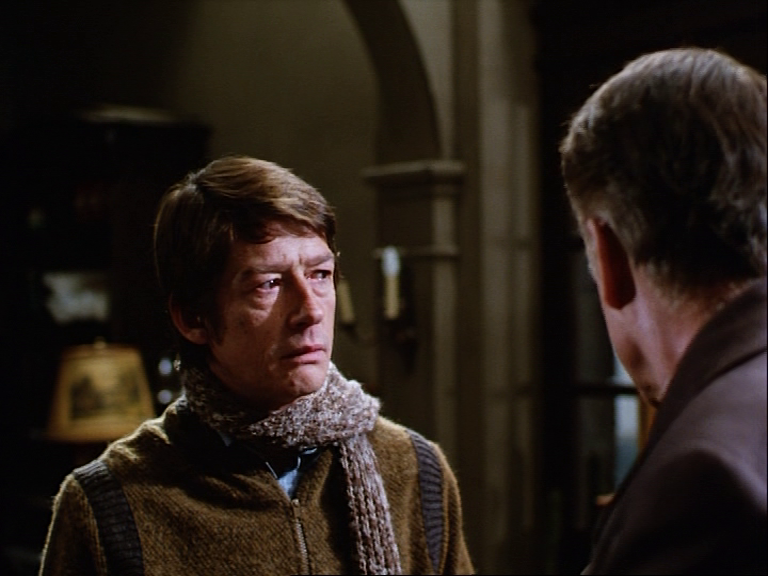
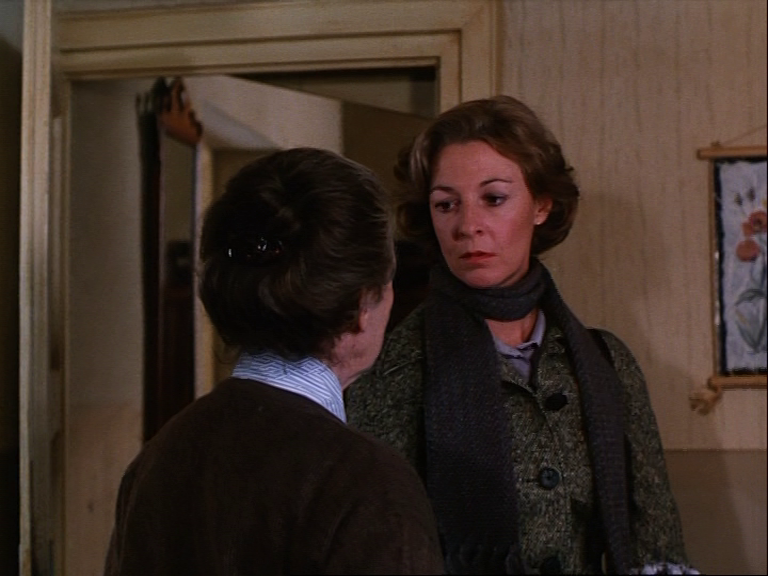
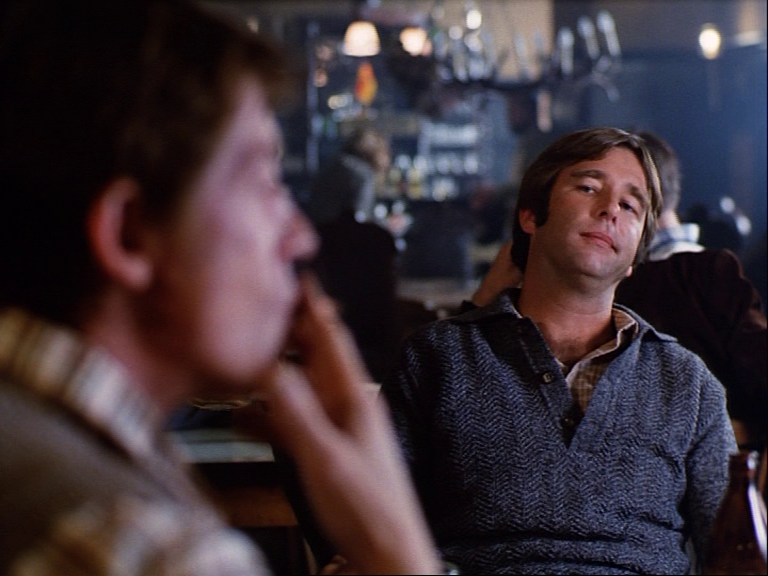
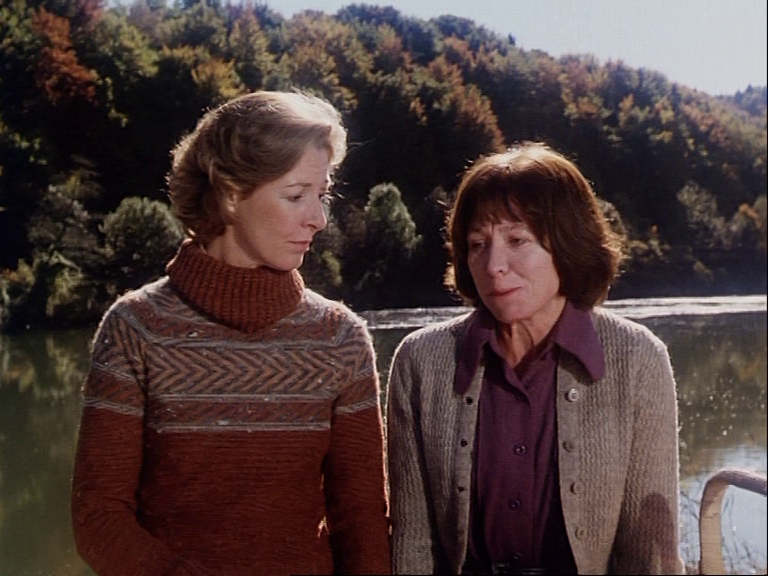
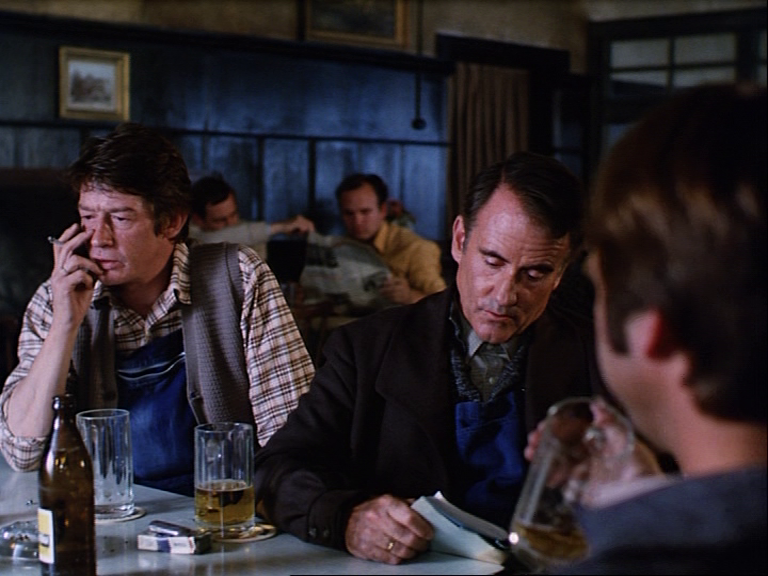
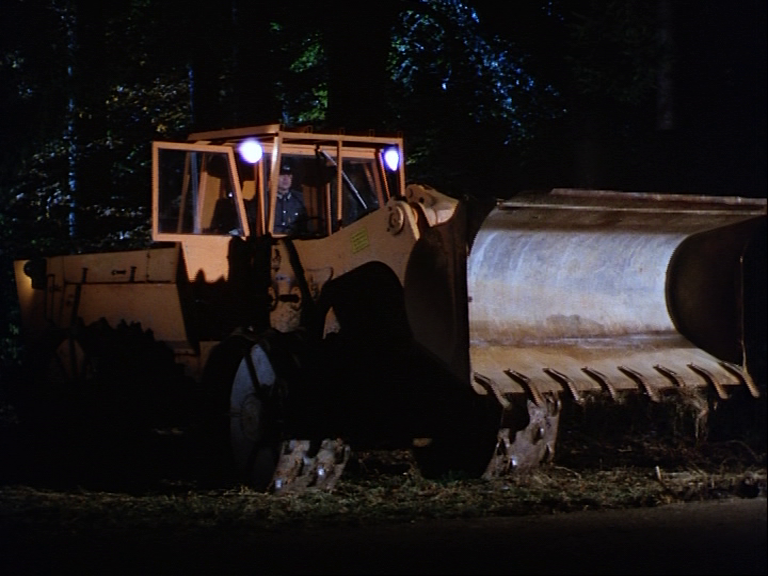
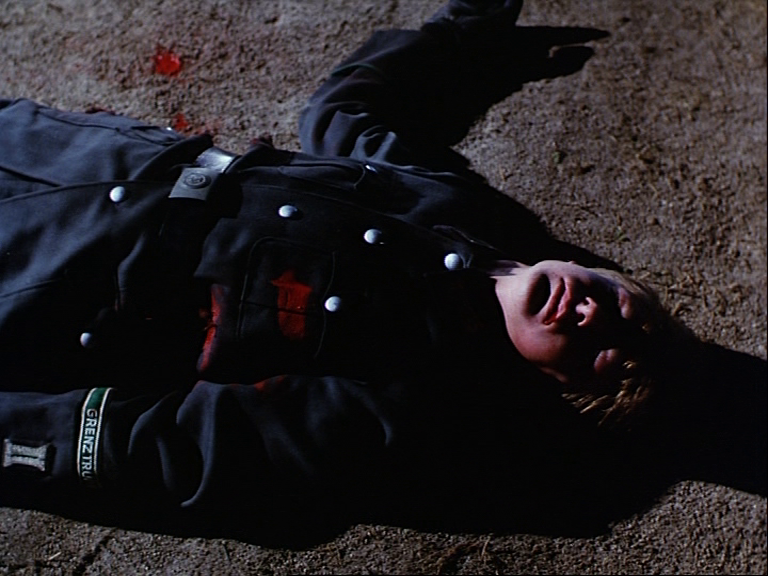
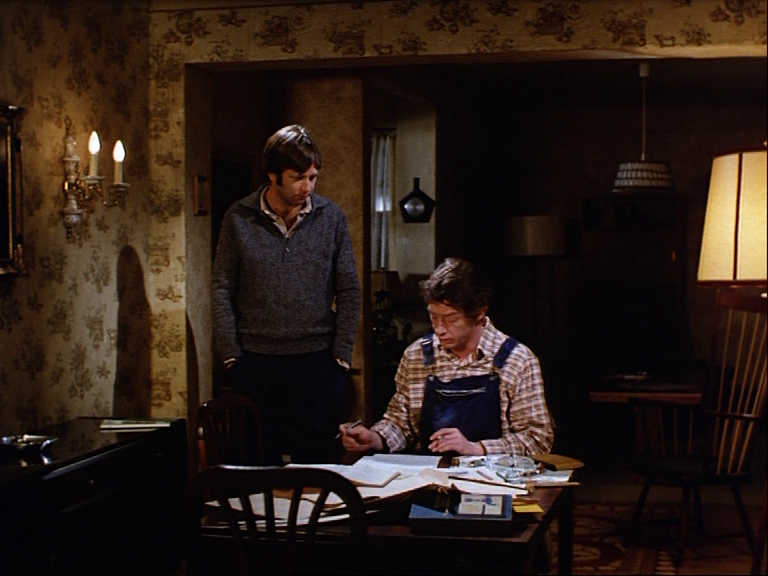
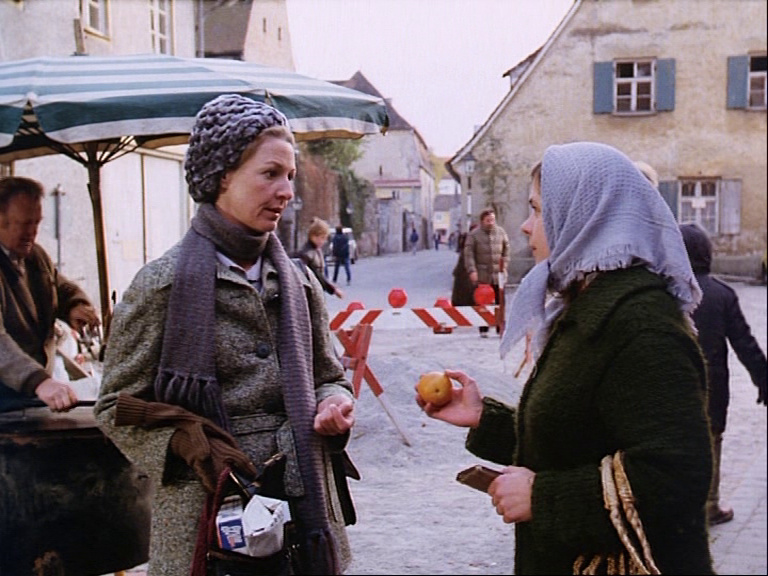
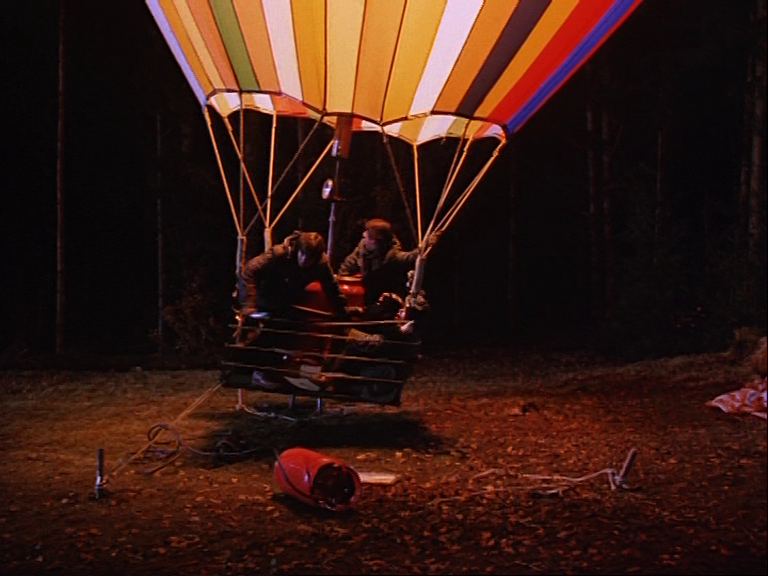
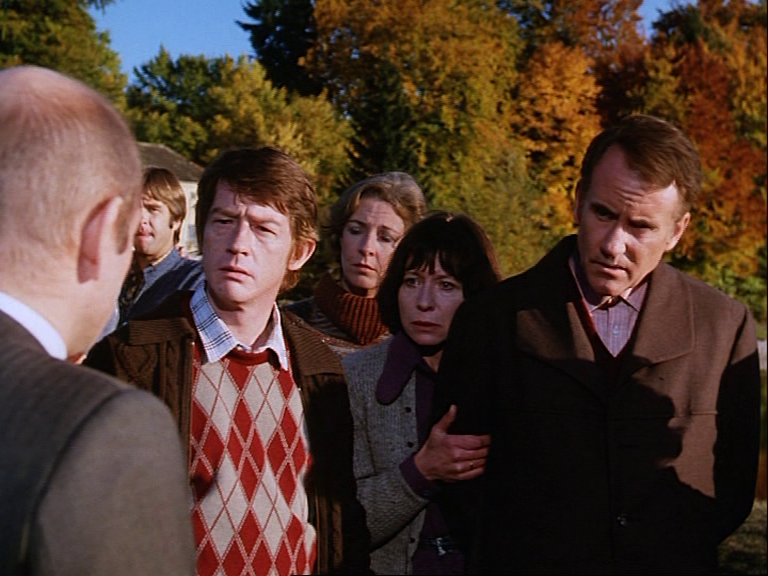
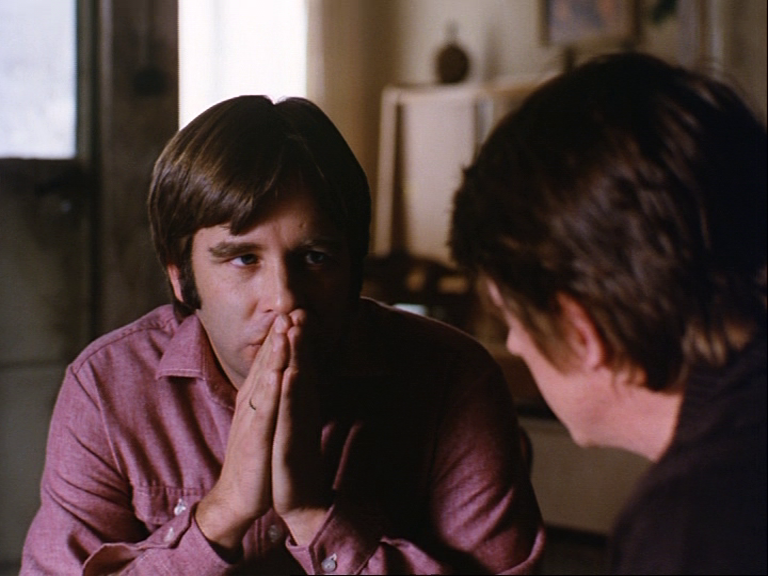
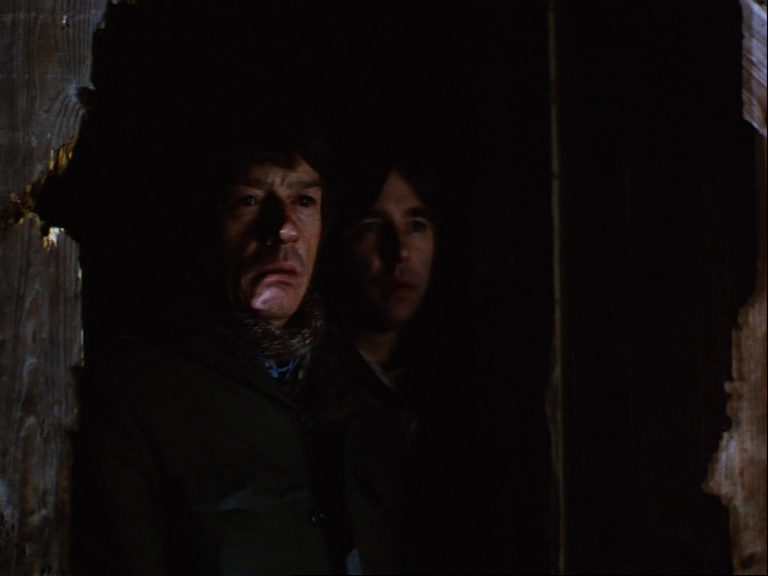
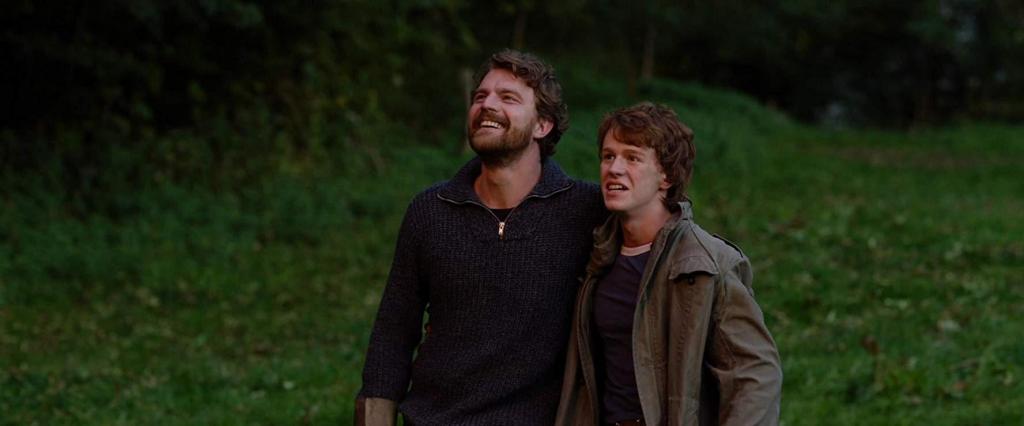
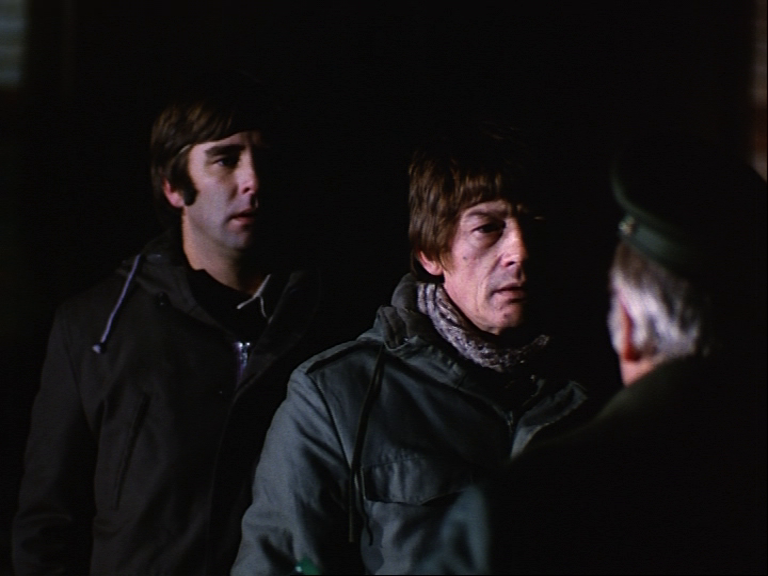
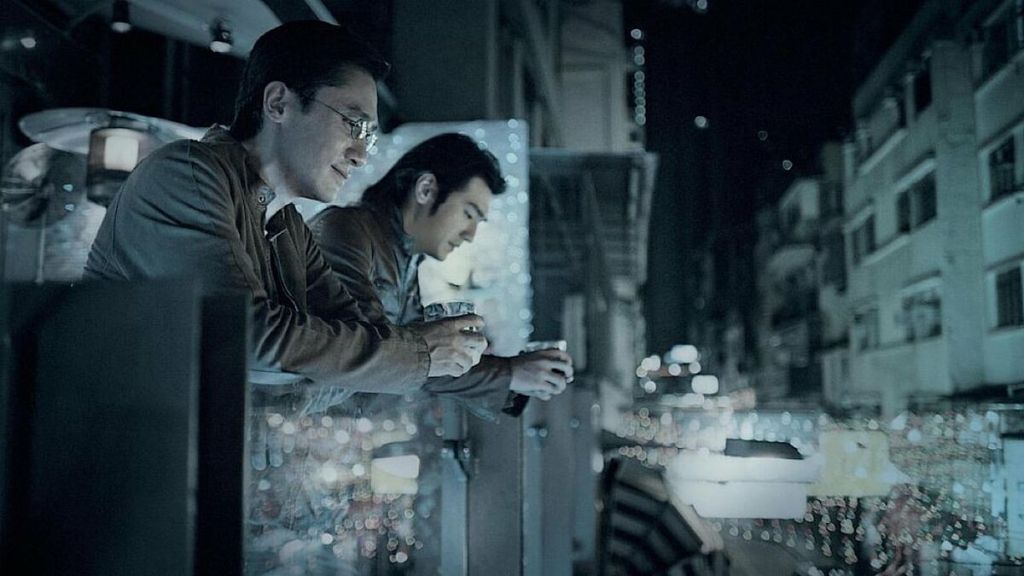
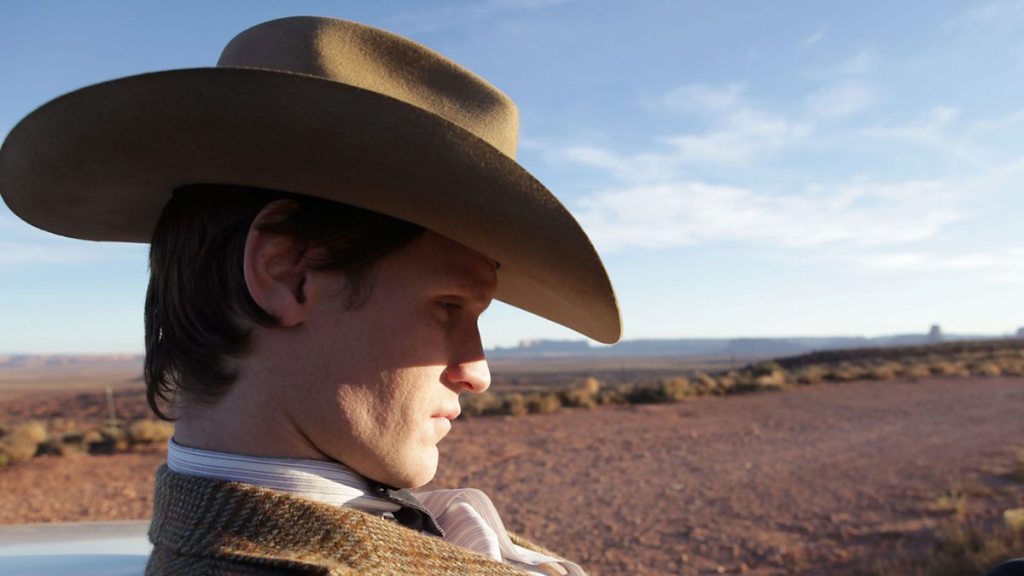
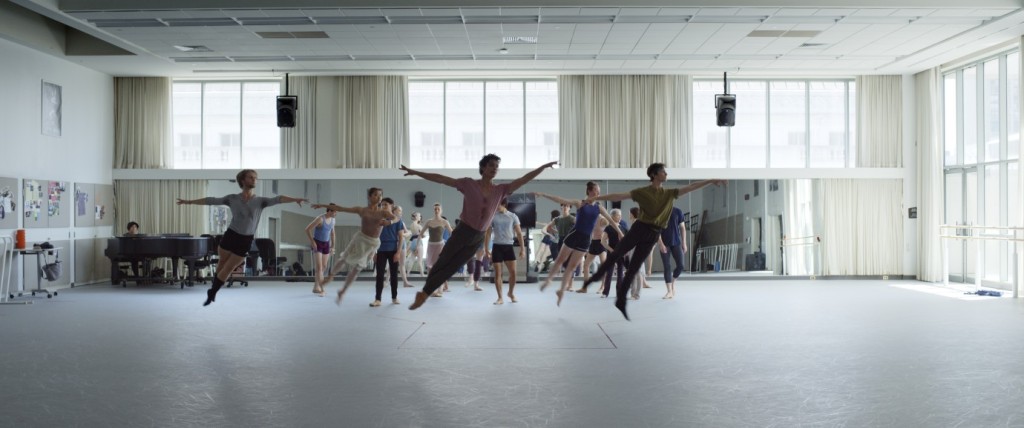
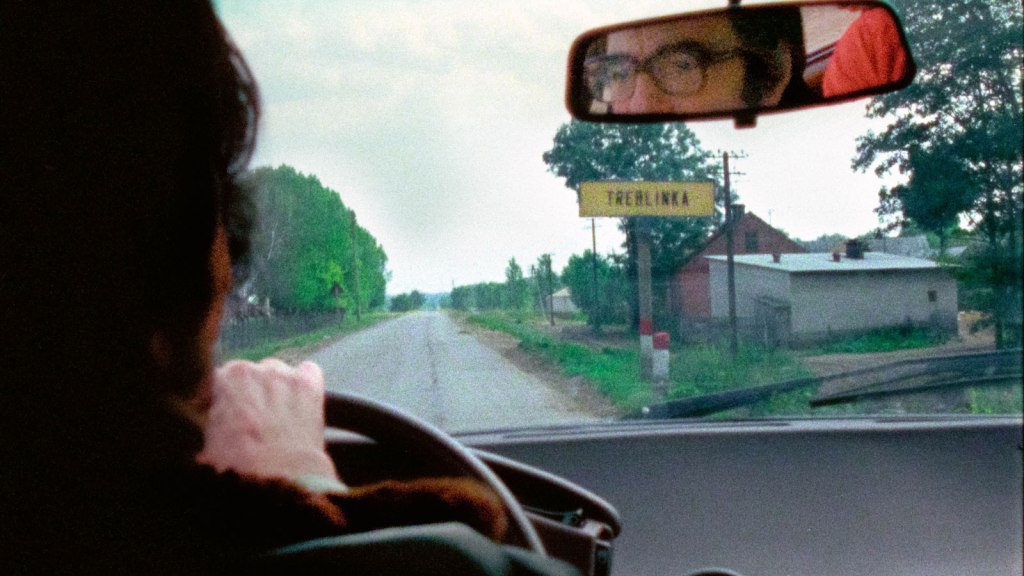
Leave a comment